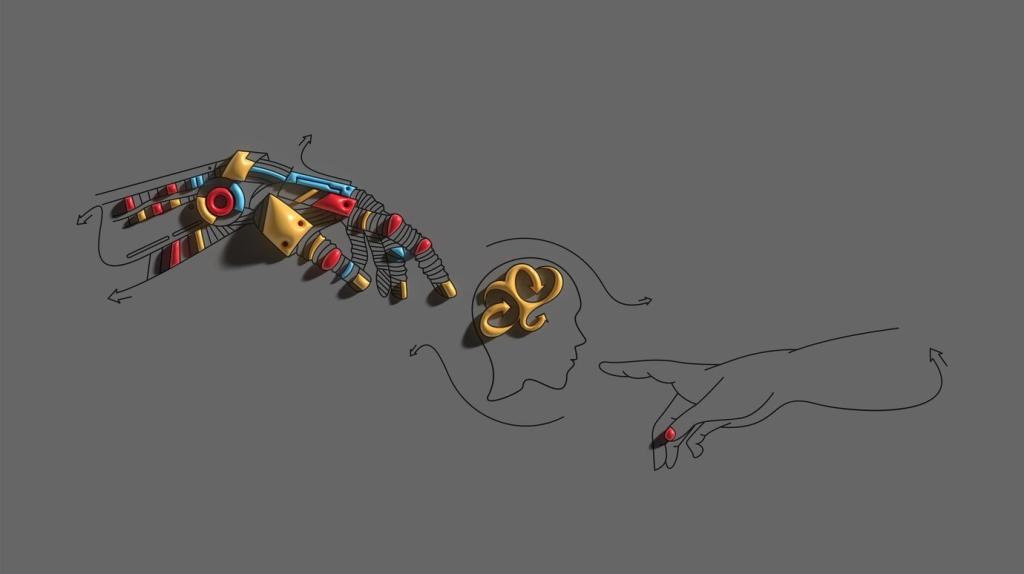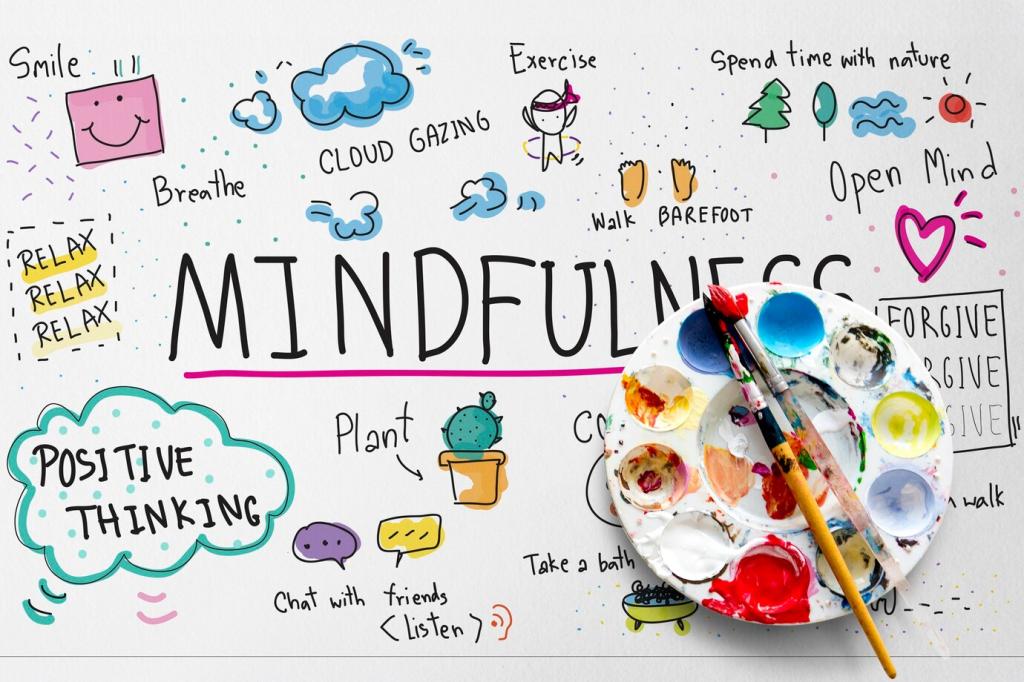
The Impact of Color Psychology in Logo Design
Color psychology plays a crucial role in the field of logo design, shaping brand perception, emotional response, and audience engagement. The colors selected for a logo extend beyond mere aesthetics, serving as powerful tools to communicate values, invoke feelings, and enhance brand recognition. Through an understanding of color psychology, designers can strategically craft logos that resonate deeply with their intended audience and distinguish brands within a competitive marketplace. In this exploration, we delve into how color psychology influences logo design and the multifaceted impact it has on creating compelling visual identities.

The Science Behind Color Associations
Psychological Reactions to Colors
Scientific studies support the idea that colors can trigger psychological and physiological responses, influencing everything from heart rate to mood. For example, blue is known to lower stress levels, while red can provoke stimulation or urgency. In logo design, leveraging these ingrained color responses allows a brand to evoke the desired action or feeling, such as encouraging calm contemplation or spurring excitement and spontaneity among viewers.
Brand Memorability and Color
A memorable logo is essential for brand recall, and color plays a significant role in this process. Research shows that up to 80% of visual recognition stems from color alone. When a unique or cohesive color is consistently used across a brand’s assets, it establishes a visual anchor in the minds of consumers. The strategic use of color within a logo ensures quicker recognition in crowded marketplaces and can help foster deeper attachment to the brand.
Color Consistency Across Platforms
Maintaining color consistency is vital for ensuring that a logo’s psychological impact remains intact across various mediums. Digital environments, print materials, and merchandise may present colors differently, but uniformity is crucial to uphold the brand identity. Logo designers must select colors that translate well across different platforms and calibrate for factors like screen variation and ambient lighting, preserving psychological associations wherever the logo appears.
Minimalism and Monochromatic Palettes
Modern logo design often embraces minimalism, with a focus on simplicity and clarity. Monochromatic color schemes—using variations of a single hue—convey a sense of coherency and elegance. These streamlined designs eliminate unnecessary elements, allowing color to play a starring role in conveying brand identity. Emphasizing fewer colors can also reduce cognitive overload for viewers, making logos both memorable and instantly recognizable.
Vibrancy and Gradients
Contemporary logos often feature bold, vibrant colors and sophisticated gradients to catch attention and convey dynamic energy. Bright, saturated hues can evoke feelings of innovation, playfulness, and confidence—qualities particularly valued by technology brands and startups. Gradients introduce a sense of movement and modernity, enhancing emotional appeal while differentiating logos from flatter, more traditional color treatments.
Blue remains a perennial favorite in logo design, especially among brands that prioritize trustworthiness, professionalism, and dependability. Financial institutions, technology companies, and healthcare providers frequently leverage blue for its calming and authoritative presence. Its association with logic and reliability can make consumers feel secure in their choice, fostering long-term loyalty and respect for the brand.

The Role of Contrast and Complementary Colors
Enhancing Visibility and Clarity
Strong contrast between logo elements is vital for visibility, particularly in varying sizes or backgrounds. A high-contrast design ensures the logo remains legible and stands out, whether displayed on a business card or a billboard. By carefully selecting complementary colors—or utilizing dark and light pairings—designers can create logos that retain their effectiveness across multiple applications and ensure the brand never fades into the background.
Creating Visual Hierarchy
Incorporating contrasting or complementary colors within a logo helps establish a clear visual hierarchy, guiding the viewer’s eye through the design. This can be used to highlight the brand name, icon, or key messages within a single graphic element. Through strategic color placement, designers can subtly direct attention, reinforce messaging, and ensure the most important aspects of the logo are noticed first.
Balancing Aesthetics and Functionality
Achieving the right balance between visual appeal and functional clarity is essential in logo design. The interplay of colors should not only attract attention but must also support the logo’s primary purpose: to identify and differentiate the brand. Overuse of contrasting colors can result in visual chaos, while insufficient contrast may hinder readability. The goal is to find harmony that accentuates brand personality while ensuring practical usability.
Color Psychology in Iconic Logos
Timeless Examples and Their Messages
Iconic brands such as Coca-Cola, Google, and Nike have harnessed the psychological power of color to reinforce their market positioning. Coca-Cola’s striking red evokes excitement and sociability; Google’s playful, multi-color scheme suggests innovation and inclusivity; while Nike’s bold black and white palette reflects power and minimalism. These examples showcase how strategic color choices become instantly recognizable, symbolizing the brand’s promise and personality.
Adaptation and Evolution Over Time
As markets, cultures, and consumer expectations evolve, so too do the colors of iconic logos. Brands frequently update or adjust hues to stay relevant or expand their cultural reach. For instance, subtle shifts in tone or saturation may modernize a logo without sacrificing its established equity. This adaptability ensures that the psychological impact of the brand’s colors continues to resonate with new generations of customers without losing authenticity.
Consistency Across Identity Assets
In addition to the logo itself, successful brands maintain color consistency across their entire suite of identity assets—packaging, digital presence, and advertising. This consistency solidifies psychological associations formed by the original logo, building trust and recognition over time. The unifying thread of color across every touchpoint strengthens the brand’s impact, making it synonymous with its values and customer experience.
Challenges in Applying Color Psychology
Brands operating on a global scale face the complex challenge of ensuring their logo colors carry the intended meaning across diverse cultural landscapes. A hue that signifies happiness in one country may be associated with mourning in another. Designers must conduct extensive research and collaborate with local experts to avoid unintentional negative associations, ensuring the logo resonates universally or adapts as needed region by region.

